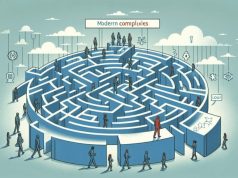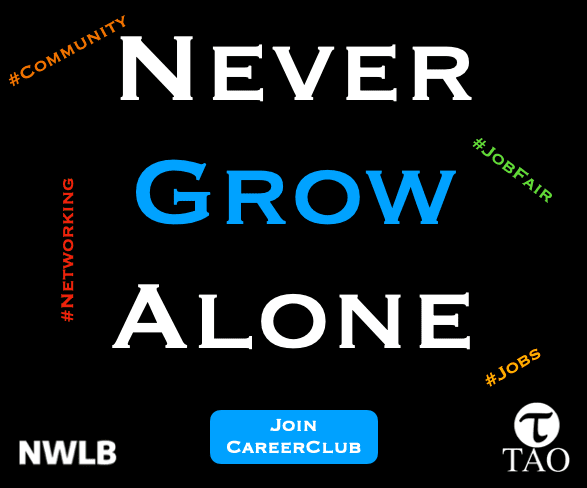In the shifting landscape of the modern economy, the gig sector stands out as a beacon of freedom and flexibility, attracting scores of individuals seeking liberation from the 9-to-5 grind. Yet, beneath this veneer of independence, a silent epidemic simmers – burnout, an all-too-familiar specter now haunting the corridors of the freelance world. As aspiring thought leaders in the conversation on work, worker, and workplace, we at Gig Flex Club recognize the urgency to address this pressing issue.
Gig work, synonymous with autonomy and self-direction, indeed offers a tantalizing promise: the power to choose when, where, and how to work. However, this freedom comes coupled with a volatile mix of irregular income, scarce benefits, and the incessant need to be ‘always on’. The absence of traditional work boundaries and support systems creates a unique crucible within which gig workers must operate, often at the cost of their mental well-being.
As we delve deeper into this quandary, we encounter personal narratives that paint a vivid picture of the gig economy’s burnout crisis. Take, for example, Sarah, a graphic designer juggling multiple clients to make ends meet, who finds herself working late into the night, her screen’s glow the only company in her solitary struggle. Or consider Michael, a rideshare driver whose car is both office and lifeline, the never-ending quest for a five-star rating slowly eroding his sense of self-worth.
But what could be the balm for such widespread malaise? Experts point to a tapestry of strategies that can help mitigate the effects of burnout. Rigorous time management, robust support networks, and a conscious effort to delineate work from leisure form the triad of a balanced freelance life. Regular exercise, mindfulness practices, and hobbies also serve as vital outlets for stress relief.
Beyond individual efforts, the role of platforms and clients in shaping a sustainable gig ecosystem is pivotal. They must move beyond transactional relationships and actively contribute to the welfare of their freelance workforce. This can range from transparent communication about expectations to the provision of mental health resources and fair compensation practices.
As we conclude this exploration, it is essential to arm freelancers with actionable advice. Prioritize your tasks and establish a routine, even if your work is inherently irregular. Set clear boundaries with clients to avoid overcommitment. Invest in your skills to ensure job security and command better rates. Most importantly, listen to the rhythms of your body and mind; when they necessitate rest, heed their call.
Our journey through the intricacies of the gig economy reveals a compelling truth: Freedom, while exhilarating, is but one thread in the complex tapestry of work. To truly thrive, one must navigate the labyrinth of gig work with a compass calibrated to wellness and sustainability. Let us not merely survive in our flexible careers but flourish with vigor and vitality.










